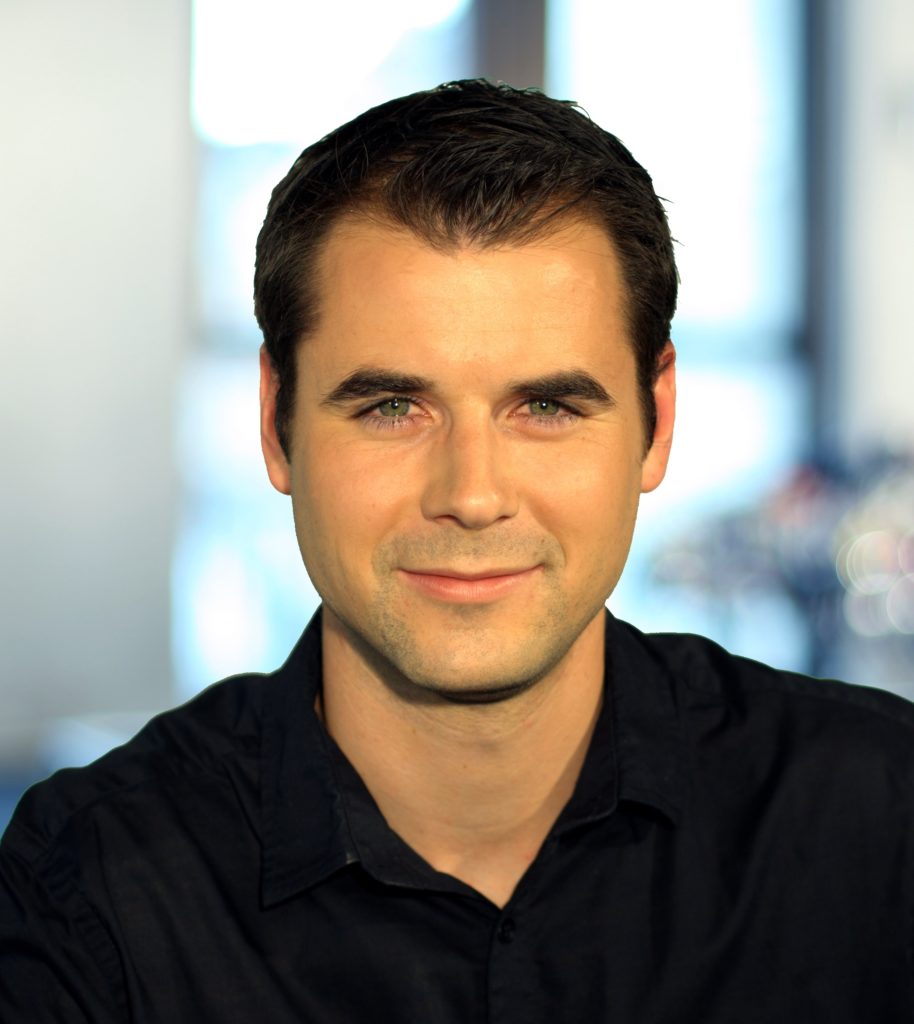Getting into Robotics: Marco Hutter

My favorite hobby is football which I started when I was five years old. It became my passion as we played every free minute during and after school. Football remained a big element in my life and I’m still an active player in my local club. I consider myself to be a general pretty active person that loves all kinds of sports or to be out in nature for hiking, swimming or diving.
Did you always know you wanted to study robotics or did you at any point consider other career paths?
It was very clear to me that I wanted to study at ETH Zurich – however, I was undecided about the direction. I liked maths and physics a lot and loved to work with computers but it was clear to me that I don’t want to solely work on theoretical aspects. Throughout my entire life I have enjoyed manual work and building things a lot. I spent the holidays during my school and study time working as construction worker, carpenter or assembly worker. As a compromise, I decided to study mechanical engineering.
How did you end up in research from there?
During my studies, I did not have a clear focus and was interested in many different things. I wrote my Bachelor’s thesis in the field of micro robotics and my Semester thesis together with an automotive company in the field of control. In my Master’s, I focused on aerospace before I finally found my way into legged robotics during my Master’s thesis. After my Master’s thesis I was thrilled by the amazing possibilities we get as researchers at ETH and it was clear that I wanted to continue this way. I’m very happy that this has not changed since then: I get the possibility to develop new robots from scratch, to realize crazy ideas, to work together with brilliant and passionate colleagues – and for all this we even get paid.
What made you focus your research onto legged robots?
Do you have an interest in biology and natural history or is the interest purely mechanical? Looking at some of the pictures gives the impression that quadrupeds (in particular dogs) seem to have fascinated me for quite a while. Legged robots, in particular the ones that can dynamically locomote, belong to the most challenging and fascinating robots in the world. To balance these inherently unstable machines, it is necessary to coordinate a large number of joints and links that are in a continuously changing interaction with the environment. In contrast to driving or flying vehicles, legged robots need to cope with extremely varying conditions, i.e. changing properties and elevation of the terrain. Research in this area is still very young which leaves us with many open questions and problems on how we build, actuate and control such vehicles.
What do you think are the greatest challenges for robotics in the future?
The greatest challenge in Robotics is the expectation of people. Today, almost every industry sector such as manufacturing, healthcare, agriculture and many more, consider robotics as wonder drug. However, we need to be aware that the robot revolution is not happening instantly but needs time to develop. This is particularly true for our research area as it develops machines and tools that need to be able to work in our daily environment or even collaborate with humans.
What advice for those who would like to consider going into robotics research in the future?
Robotics has become an incredibly interdisciplinary field of research. It is necessary to have a good engineering background, but even more important to create your own combination of skills to advance the area in a specific direction.
…and to those who wish to follow an academic path?
The most important element (besides doing great research) is to engage and integrate with the robotics community. Make a name for yourself. Research is not only about doing great things but also about sharing it with others. Many important meetings and discussions during my (not so long) career happened during a coffee or beer – not uncommonly at special evening times and locations.